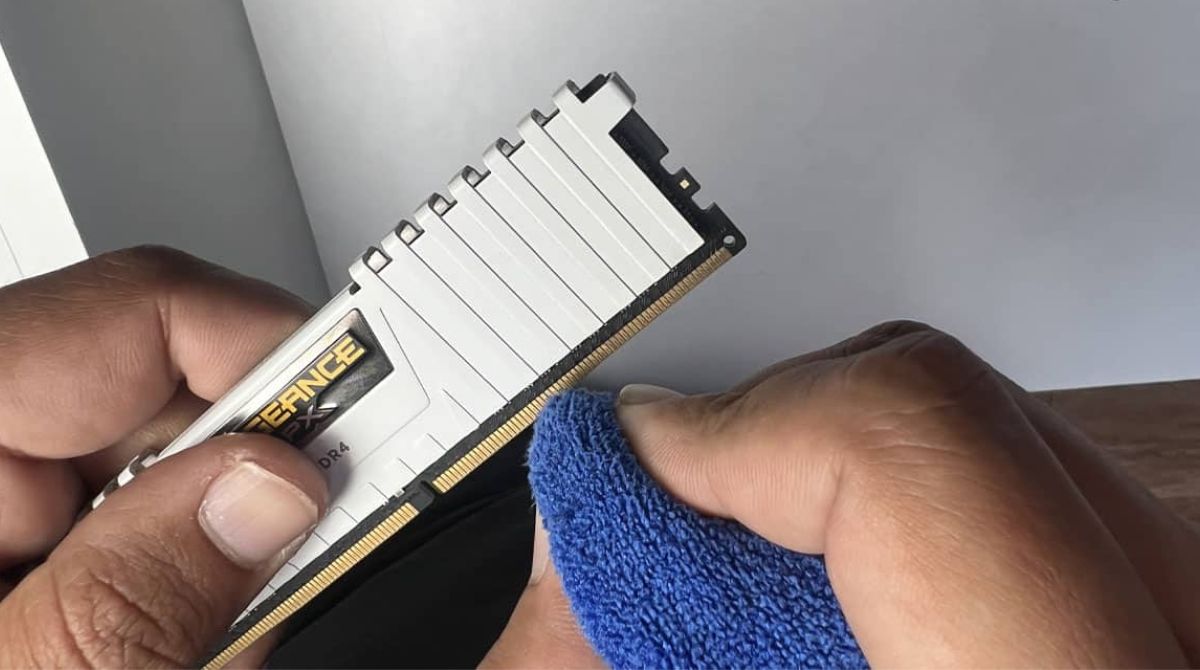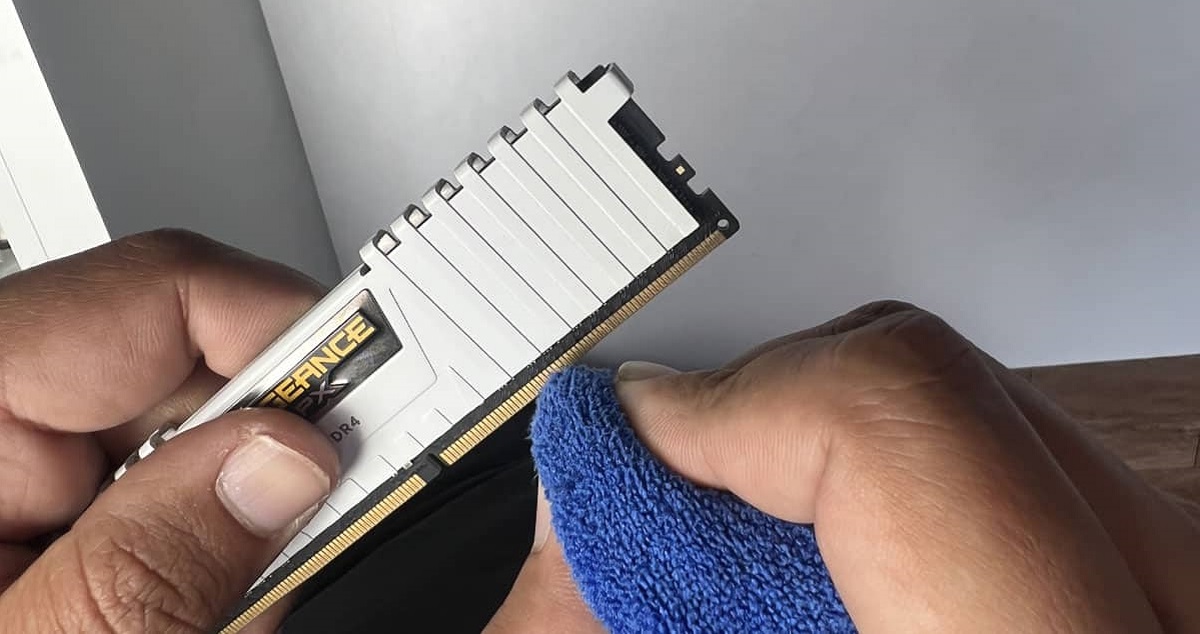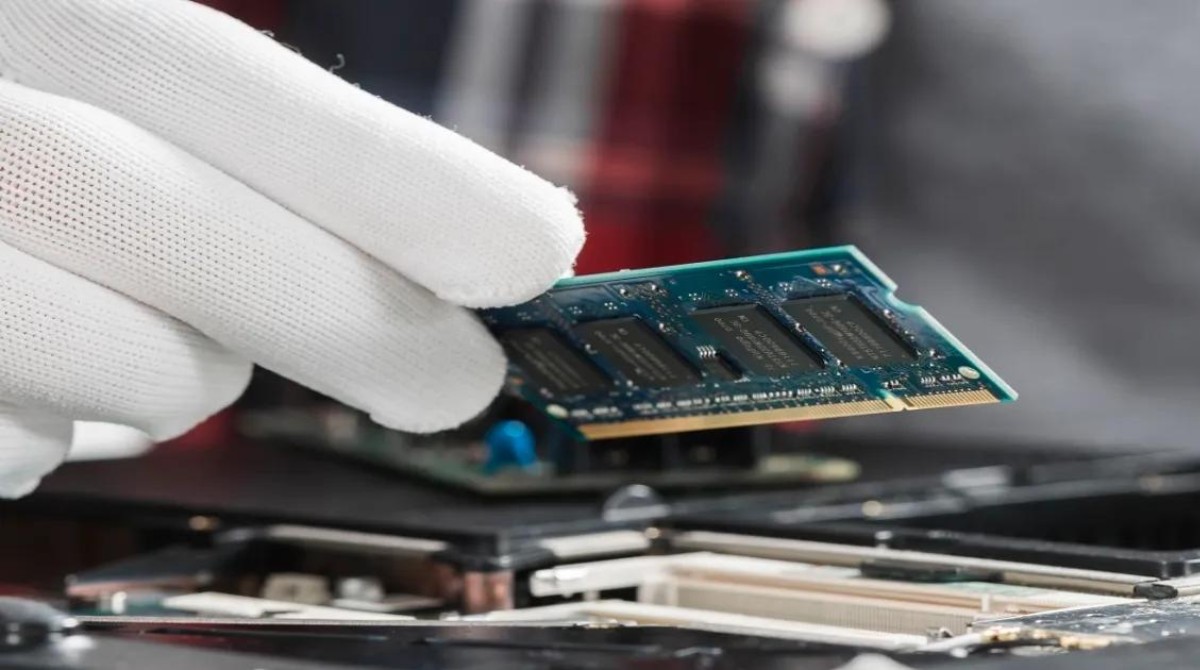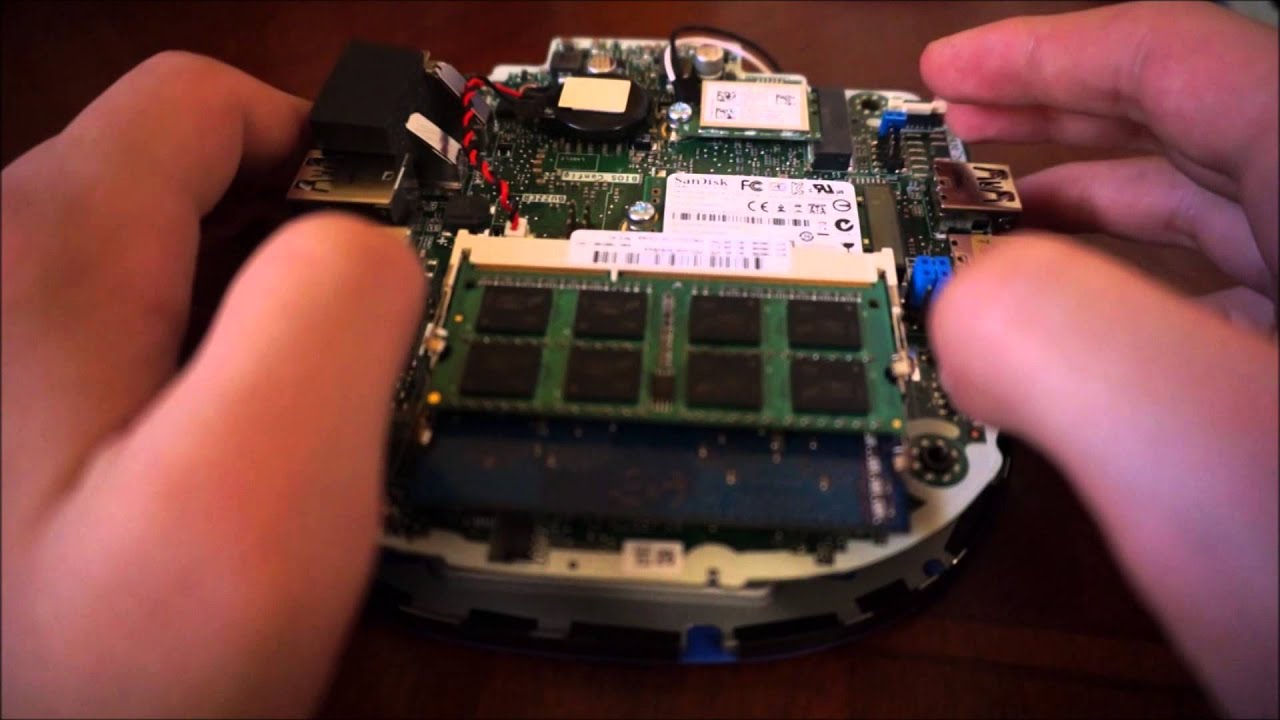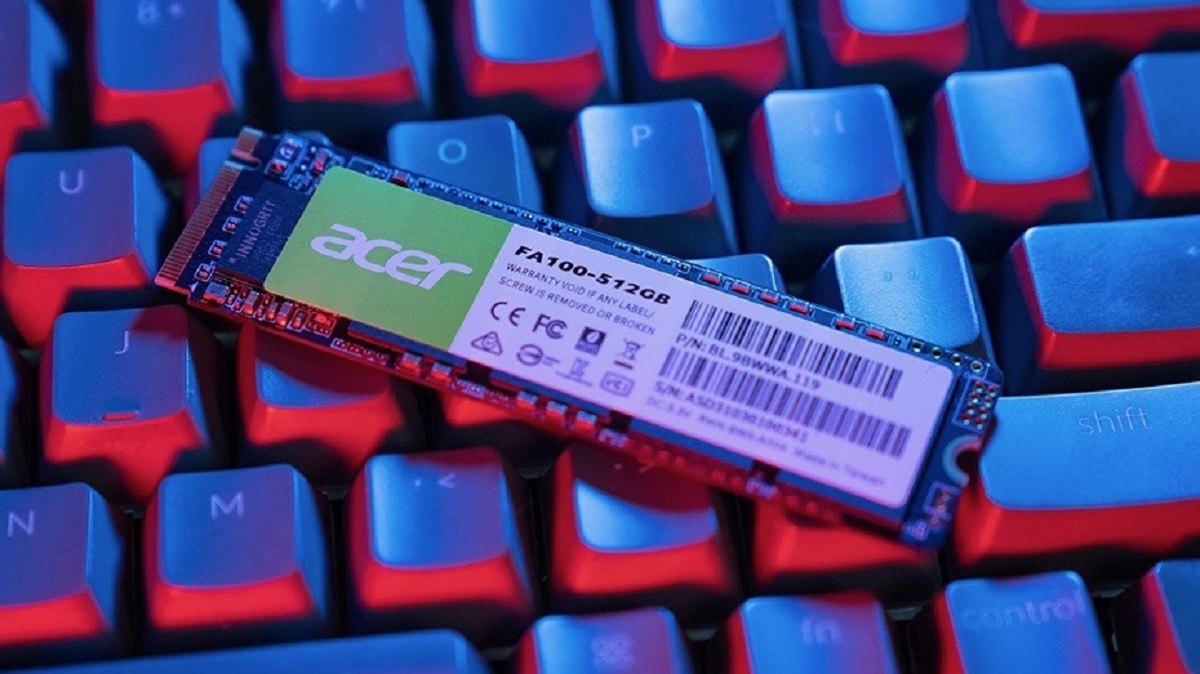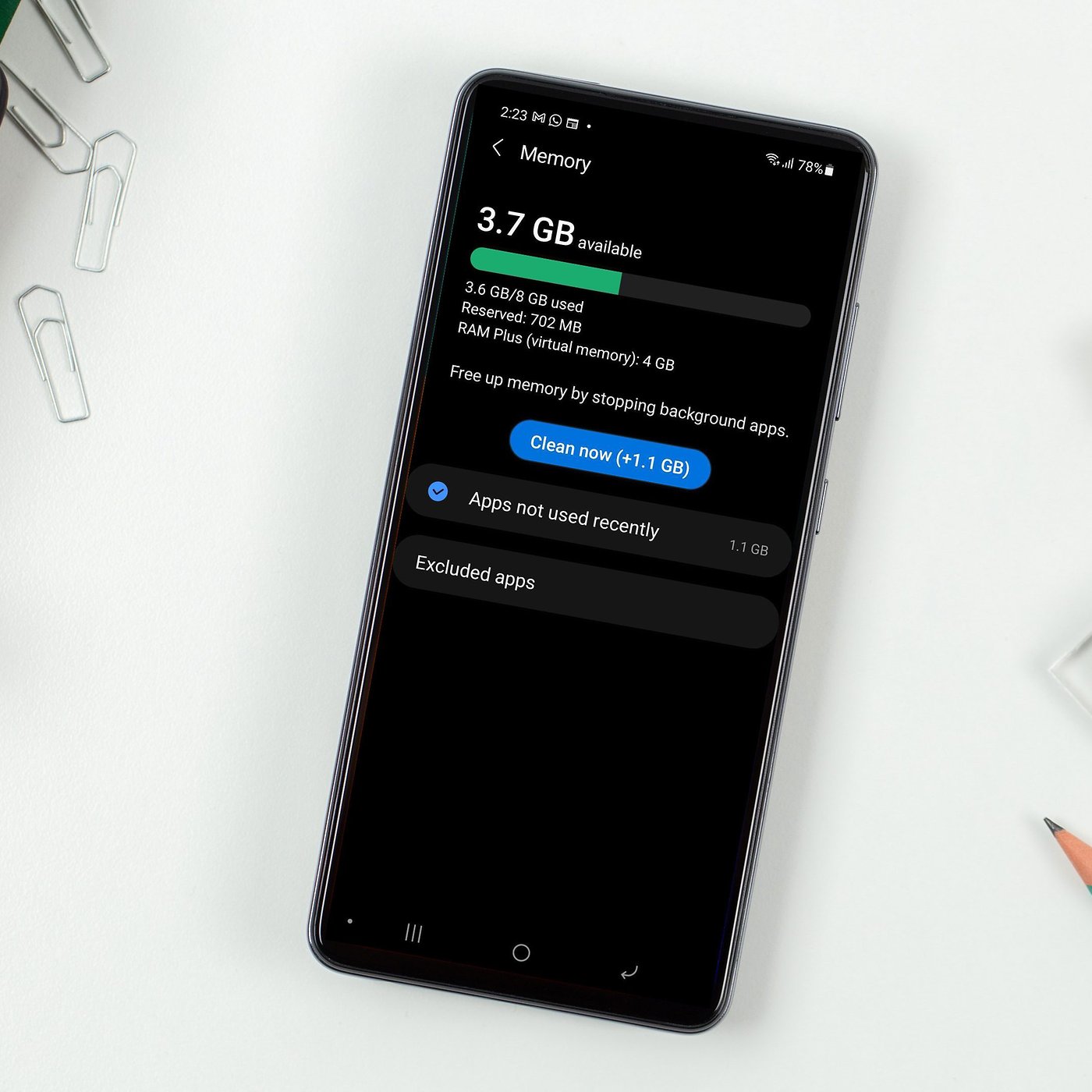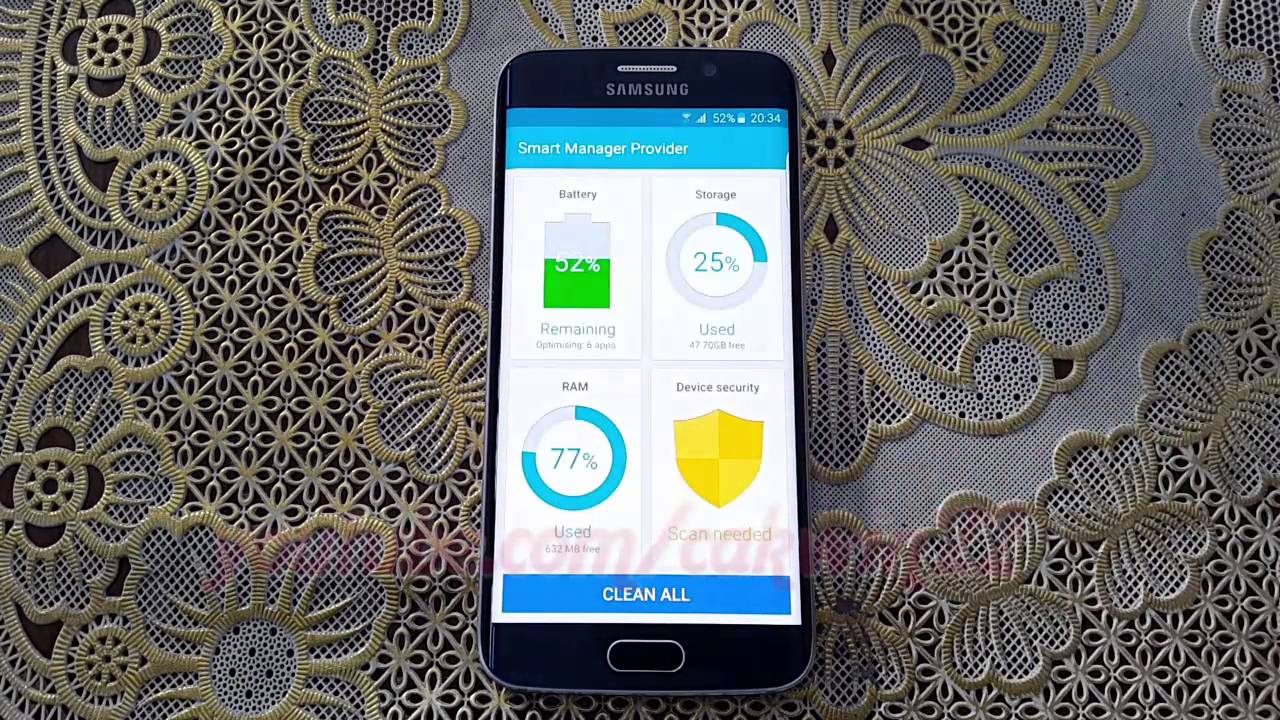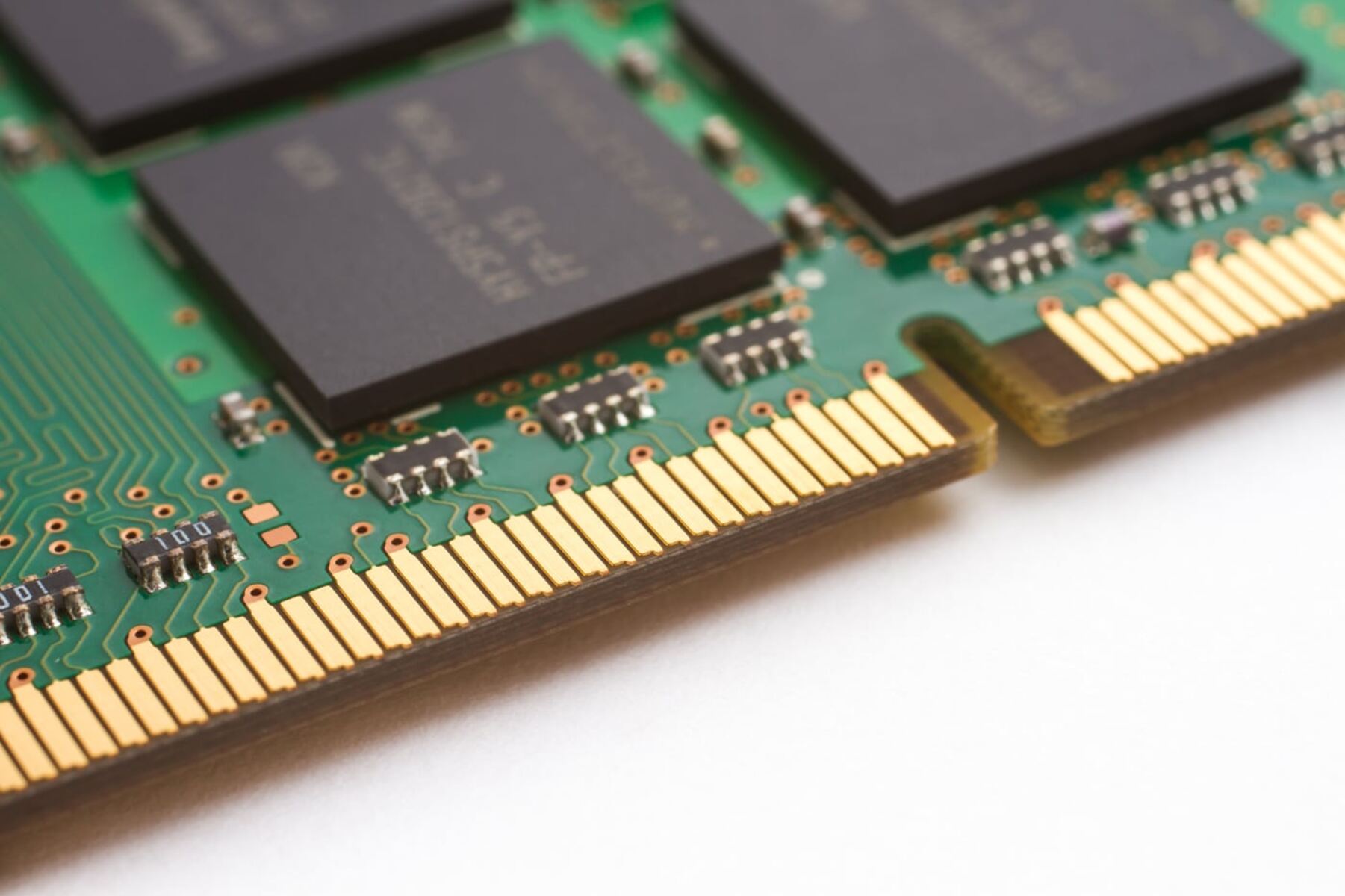Introduction
Welcome to our guide on how to clean RAM! You may have heard about the importance of keeping your computer’s RAM clean for optimal performance, but you might not be quite sure what RAM is or why cleaning it is necessary. In this article, we’ll break down these concepts and provide you with step-by-step instructions on how to clean your RAM.
RAM, which stands for Random Access Memory, is a vital component of your computer’s hardware. It is a form of temporary storage where your computer stores data that it needs to access quickly while it’s running programs. Think of it as the short-term memory of your computer – the more RAM your system has, the more data it can store and access efficiently.
Over time, as you use your computer and run various programs, your RAM can become cluttered with unnecessary data and processes. This can slow down your computer and impact its overall performance. Therefore, it’s essential to regularly clean your RAM to ensure that your computer runs smoothly and efficiently.
There are several methods you can use to clean your RAM, and in this guide, we’ll explore various techniques for both Windows and Mac systems. Don’t worry if you’re not a tech expert – we’ll explain everything in a simple and easy-to-understand manner.
Before we dive into the cleaning process, let’s take a look at the tools you’ll need for cleaning RAM. These tools are readily available on your computer and can be accessed with just a few clicks.
What is RAM?
RAM, or Random Access Memory, is a critical component of your computer’s hardware. It is a type of volatile memory that stores data and instructions that the computer’s central processing unit (CPU) needs to access quickly. Unlike permanent storage devices such as hard drives or solid-state drives, RAM is temporary and loses its data when the computer is powered off or restarted.
Think of RAM as your computer’s short-term memory. It allows the CPU to quickly access and manipulate data needed to run programs and carry out tasks. When you open an application or file, it is loaded into RAM so that the CPU can access it faster. The more RAM your system has, the more data it can store and access at any given time, leading to smoother performance and faster multitasking.
RAM is measured in gigabytes (GB) and is an essential factor in determining your computer’s overall performance. If you have insufficient RAM for the tasks you are performing, your computer may slow down or become unresponsive. On the other hand, having more RAM than you need won’t necessarily make your computer faster, but it can prevent performance bottlenecks when multitasking or running memory-intensive applications.
It’s important to note that RAM is different from storage devices like hard drives or solid-state drives. While storage devices provide long-term storage for your files and programs, RAM’s primary function is to provide temporary storage for data and instructions that the CPU needs to access quickly. When your computer runs out of RAM, it starts using the hard drive or SSD as virtual memory, which is much slower in comparison.
In summary, RAM is a vital component of your computer that facilitates fast and efficient data access for the CPU. By having enough RAM for your computing needs, you can ensure smooth performance and seamless multitasking. However, it’s important to clean your RAM regularly to remove unnecessary data and processes that may slow down your system.
Why do you need to clean RAM?
Cleaning your computer’s RAM regularly is essential for maintaining optimal performance. Over time, as you use your computer and run various programs, RAM can become cluttered with unnecessary data and processes. Here are some key reasons why cleaning RAM is important:
- Speed and performance: When your RAM gets overloaded with unnecessary data and processes, it can slow down your computer. By cleaning your RAM, you free up space and improve system responsiveness, allowing programs to run smoother and faster.
- System stability: Cluttered RAM can lead to system crashes, freezes, and unresponsive applications. When you clean your RAM, you remove any potential conflicts or memory leaks, providing stability to your system.
- Improved multitasking: If you frequently work with multiple applications or perform resource-intensive tasks, cleaning your RAM can enhance your computer’s ability to handle concurrent processes. This ensures that your system can handle multitasking without lag or slowdowns.
- Optimal utilization of resources: By cleaning your RAM, you allow your computer to utilize the available memory more efficiently. This means that the CPU can access data and instructions quicker, resulting in smoother program execution and improved overall performance.
- Reduced heat and power consumption: When your RAM is cluttered, your computer may have to work harder to process data, leading to increased heat generation and power consumption. Cleaning your RAM helps reduce the strain on your system, resulting in improved energy efficiency.
Regularly cleaning your RAM is especially crucial if you notice a significant decline in your computer’s performance, experience frequent crashes or freezes, or find that it takes a long time for programs to load. By removing unnecessary data and processes from your RAM, you can ensure that your computer operates at its optimal level.
In the following sections, we’ll explore various methods you can use to clean your RAM, depending on your operating system. Whether you’re using a Windows or Mac computer, we’ve got you covered with step-by-step instructions to help you clean your RAM effectively.
Tools needed to clean RAM
Before you begin the process of cleaning your RAM, it’s important to ensure you have the necessary tools readily available. Luckily, you won’t need any special equipment or software – everything you need is built-in to your computer’s operating system. Here are the tools you’ll need:
- Task Manager: If you’re using a Windows computer, the Task Manager is a valuable tool that allows you to monitor and manage the processes running on your system. It also provides you with insights into RAM usage and the ability to end unresponsive tasks.
- Activity Monitor: If you’re using a Mac computer, the Activity Monitor is similar to the Task Manager in Windows. It provides you with an overview of the processes running on your Mac, including CPU and RAM usage, and allows you to manage them efficiently.
- Restart option: Regardless of your operating system, a simple restart can do wonders for clearing out the clutter in your RAM. Restarting your computer closes all running programs and processes, effectively freeing up RAM space.
- Third-party software (optional): While not necessary, you can also opt to use third-party software specifically designed for cleaning RAM. These tools often provide additional features and optimizations to improve your computer’s performance.
It’s worth noting that the built-in tools provided by your operating system are typically sufficient for cleaning RAM. However, if you prefer a more comprehensive and automated approach, using third-party software can be a viable option.
Now that you have an understanding of the necessary tools, you’re ready to dive into the step-by-step process of cleaning your RAM. In the following sections, we’ll explore different methods for both Windows and Mac systems, so you can choose the one that best suits your needs.
Step-by-step guide to cleaning RAM
Cleaning your computer’s RAM is a straightforward process that you can accomplish by following a few simple steps. In this section, we’ll provide you with a step-by-step guide on how to clean your RAM effectively. Please note that the process may vary slightly depending on your operating system.
Method 1: Restart your computer
One of the easiest and most effective ways to clean your RAM is by restarting your computer. This simple process helps free up valuable RAM space by closing all running programs and processes. Here’s how you can do it:
- Save your work and close any open programs or applications.
- Click on the “Start” menu (Windows) or the Apple logo (Mac) to access the shutdown options.
- Select the “Restart” option from the menu.
- Wait for your computer to restart, and once it’s up and running, your RAM will be cleared.
Method 2: Use the “Task Manager” on Windows
If you’re using a Windows computer, the built-in Task Manager provides a convenient way to monitor and manage processes, including those that may be hogging your RAM. Here’s how you can use the Task Manager to clean your RAM:
- Press “Ctrl + Shift + Esc” or “Ctrl + Alt + Del” on your keyboard to open the Task Manager.
- In the Task Manager window, click on the “Processes” tab to view the list of processes running on your system.
- Click on the “Memory” tab to sort the processes by memory usage, with the highest usage at the top.
- Select any unnecessary or resource-hogging processes and click on the “End Task” button to close them. Exercise caution when ending processes to avoid closing vital system processes.
Method 3: Use the “Activity Monitor” on Mac
For Mac users, the built-in Activity Monitor serves as the equivalent of the Task Manager on Windows. It allows you to monitor and manage processes, including those that may be consuming significant amounts of RAM. Follow these steps to use the Activity Monitor:
- Open the “Applications” folder and go to the “Utilities” folder.
- Launch the “Activity Monitor” application.
- In the Activity Monitor window, click on the “Memory” tab to view the memory usage of processes.
- Sort the processes by memory usage, with the highest usage at the top.
- Select any unnecessary or memory-intensive processes and click on the “X” button in the upper-left corner to quit them. Be cautious not to close vital system processes.
Method 4: Use third-party software
If you prefer a more automated approach, you can use third-party software specifically designed to clean RAM. These tools offer various features and optimizations to improve your computer’s performance. Ensure you choose reputable software from trusted sources and follow the instructions provided by the software developer.
By following these step-by-step instructions, you can easily clean your RAM and improve your computer’s performance. Regularly repeating these steps will help ensure that your system runs smoothly and efficiently.
Method 1: Restart your computer
One of the simplest and most effective ways to clean your computer’s RAM is by restarting it. This process clears out any temporary data and processes that may be clogging up your system’s memory. Restarting your computer regularly can help improve its speed and performance. Here’s how you can do it:
- Save any important work or documents that you have open on your computer.
- Closing any running programs or applications to prevent potential data loss.
- Click on the “Start” menu (Windows) or the Apple logo (Mac) located in the top-left corner of your screen.
- In the dropdown menu, select the “Restart” option.
- Wait for your computer to shut down and restart. This process may take a few minutes.
Once your computer has restarted, your RAM will be cleared, and your system will have a fresh start. By regularly restarting your computer, you give it the opportunity to release any unnecessary data and processes that may have been slowing it down.
Restarting your computer is an effective method for cleaning RAM and is particularly useful when you notice your system becoming sluggish or unresponsive. It’s a good practice to restart your computer at least once or twice a week to keep it running smoothly.
Remember, while this method clears your RAM temporarily, it won’t permanently remove any stored data or files. Your files and programs will remain intact after a restart.
Now that you’re familiar with the first method of cleaning RAM, let’s explore other methods specific to different operating systems in the following sections.
Method 2: Use the “Task Manager” on Windows
If you’re using a Windows computer, the built-in Task Manager is a powerful tool that can help you clean your RAM by managing running processes. The Task Manager allows you to monitor the performance of your system and close any resource-hogging applications. Here’s how you can use the Task Manager to clean your RAM:
- Press the “Ctrl + Shift + Esc” key combination on your keyboard. Alternatively, you can right-click on the taskbar and select “Task Manager” from the context menu.
- In the Task Manager window that appears, you’ll see a list of processes, along with information about CPU, memory (RAM), disk usage, and more.
- Click on the “Memory” column to sort the processes by memory usage, with the highest-consuming processes at the top.
- Select any unnecessary or resource-hogging processes that you want to close. Be cautious not to end critical system processes, as this can cause system instability.
- To close a process, right-click on it and select “End Task” from the context menu. You can also select the process and click on the “End Task” button located at the bottom-right corner of the Task Manager window.
By closing resource-intensive applications, you free up your RAM and allow your computer to allocate more memory to other important tasks. The Task Manager gives you control over the processes running on your system, enabling you to optimize your computer’s performance.
Regularly monitoring and managing your processes using the Task Manager can help keep your RAM clean and ensure that your system runs smoothly. If you notice a particular program or task consistently using excessive memory, you may want to consider closing or uninstalling it to free up resources.
Remember to exercise caution when using the Task Manager, as closing essential system processes can cause system instability. If you’re unsure about a specific process, it’s best to research it or seek guidance before taking any action.
Now that you’re familiar with using the Task Manager to clean your RAM on Windows, let’s move on to the next method specifically for Mac users in the following section.
Method 3: Use the “Activity Monitor” on Mac
If you’re using a Mac computer, you can clean your RAM and manage running processes using the built-in Activity Monitor. Similar to the Task Manager on Windows, the Activity Monitor allows you to monitor system performance and identify resource-intensive applications. Here’s how you can use the Activity Monitor to clean your RAM:
- Open the “Applications” folder by clicking on the Finder icon in the dock, and then select “Applications” from the sidebar.
- In the “Applications” folder, locate and open the “Utilities” folder.
- In the “Utilities” folder, you’ll find the “Activity Monitor” application. Double-click on it to launch the Activity Monitor.
- Once the Activity Monitor window opens, you’ll see several tabs, such as CPU, Memory, Energy, Disk, and Network. Click on the “Memory” tab.
- Sort the processes by memory usage by clicking on the “Memory” column. The processes using the most memory will be displayed at the top.
- Identify any unnecessary or memory-intensive processes that you want to close. Be cautious not to quit essential system processes, as this can lead to system instability.
- To close a process, select it from the list and click on the “X” button located at the top-left corner of the Activity Monitor window. Alternatively, you can right-click on the process and select “Quit” from the contextual menu.
By closing memory-intensive applications using the Activity Monitor, you can free up RAM and improve your Mac’s performance. This allows your system to allocate memory to other tasks more efficiently.
Regularly monitoring and managing processes using the Activity Monitor can help keep your Mac’s RAM clean and ensure that your system runs smoothly. If you notice specific applications regularly using excessive memory, you may want to consider closing or uninstalling them to optimize your Mac’s performance.
Exercise caution when using the Activity Monitor, as quitting critical system processes can cause system instability. If you’re unsure about a particular process, it’s best to research or seek guidance before taking any action.
Now that you’re familiar with using the Activity Monitor to clean your RAM on a Mac, let’s move on to the next section, where we’ll explore an alternative method involving third-party software.
Method 4: Use third-party software
In addition to the built-in tools provided by your operating system, you can also use third-party software specifically designed for cleaning RAM. These software solutions offer additional features and optimizations that can enhance your computer’s performance. Here’s how you can use third-party software to clean your RAM:
- Research and select a reputable third-party software designed for cleaning RAM. You can find many options available online, both free and paid.
- Visit the software developer’s website to download the software. Ensure that you download it from a trusted source to avoid any potential security risks.
- Install the software by following the provided instructions. Typically, this involves running the installer and going through the installation wizard.
- Launch the software on your computer. The interface may vary depending on the software you choose.
- Explore the software’s features and options for cleaning RAM. Most third-party software will provide a “Clean” or “Optimize” function specifically designed to free up memory and improve performance.
- Follow the software’s instructions to initiate the RAM cleaning process. This may involve a single click or selecting specific options based on your preferences and needs.
- Allow the software to perform the RAM cleaning process. The duration may vary depending on the size of your RAM and the amount of clutter it needs to remove.
- Once the process is complete, the software may provide a summary of the RAM cleanup results. It may also offer additional optimization features or suggestions to further enhance your computer’s performance.
Using third-party software can provide an automated and comprehensive approach to cleaning your RAM. These software solutions often offer more advanced cleaning algorithms and customizable options to cater to specific user requirements.
However, it’s important to note that not all third-party software is created equal. Make sure to research and choose reputable software from trusted sources. Reading reviews and checking user ratings can help you make an informed decision.
Keep in mind that while third-party software can be helpful, it’s not always necessary. The built-in tools provided by your operating system, such as the Task Manager or Activity Monitor, are often sufficient for cleaning RAM. Using third-party software is a personal choice that depends on your specific needs and preferences.
Now that you’re familiar with the various methods for cleaning RAM, you can choose the one that suits you best and helps optimize your computer’s performance.
Conclusion
Cleaning your computer’s RAM is a crucial step in maintaining its performance and ensuring smooth operation. Whether you’re using a Windows or Mac system, there are various methods for cleaning RAM, and each has its advantages. Let’s recap what we’ve covered:
We began by understanding what RAM is and why it’s important to keep it clean. RAM serves as the temporary storage for data and instructions that your computer’s CPU needs to access quickly. Over time, cluttered RAM can lead to sluggish performance and system instability.
We then discussed the tools required for cleaning RAM, which are typically built-in to your operating system. These tools include the Task Manager on Windows and the Activity Monitor on Mac, allowing you to monitor and manage processes effectively. Additionally, a simple restart can also help clear out unnecessary data from RAM.
We explored step-by-step guides for each method, including restarting your computer, using the Task Manager on Windows, and the Activity Monitor on Mac. These methods enable you to close resource-intensive processes and free up valuable RAM space. We also discussed the option of using third-party software, which provides advanced features and optimizations for cleaning RAM.
Remember, it’s important to exercise caution when closing processes, whether using the built-in tools or third-party software. Closing essential system processes can cause instability, so it’s crucial to research them or seek guidance before taking any action.
Regularly cleaning your RAM is essential for maintaining optimal performance. By freeing up RAM, you ensure that your computer can efficiently handle tasks, programs run smoothly, and system stability is maintained.
Now that you have the knowledge and tools to clean your RAM effectively, it’s time to put these methods into practice. Choose the method that suits you best and make it a regular part of your computer maintenance routine. Keeping your RAM clean will help ensure that your computer continues to run smoothly and efficiently for years to come.







